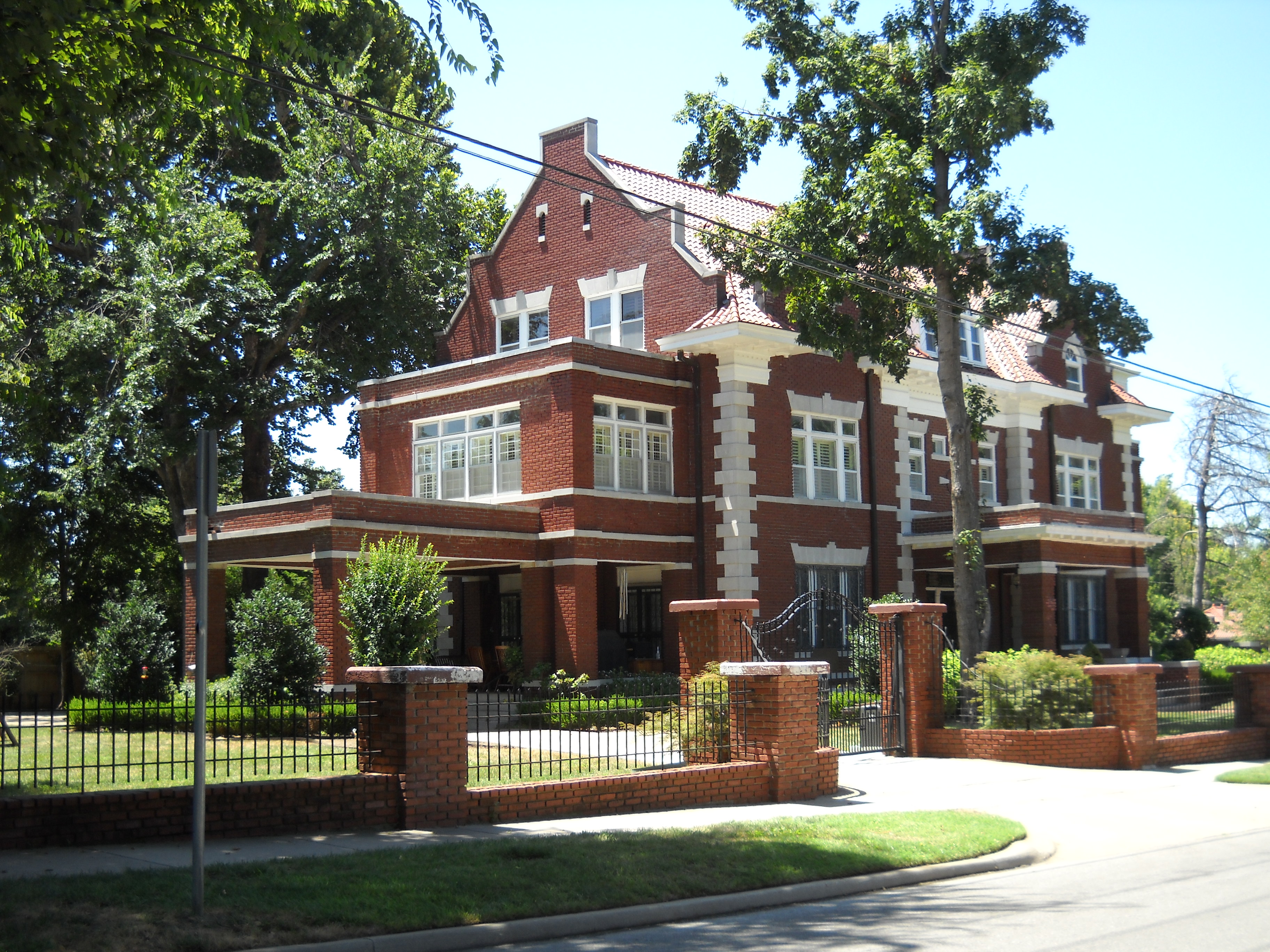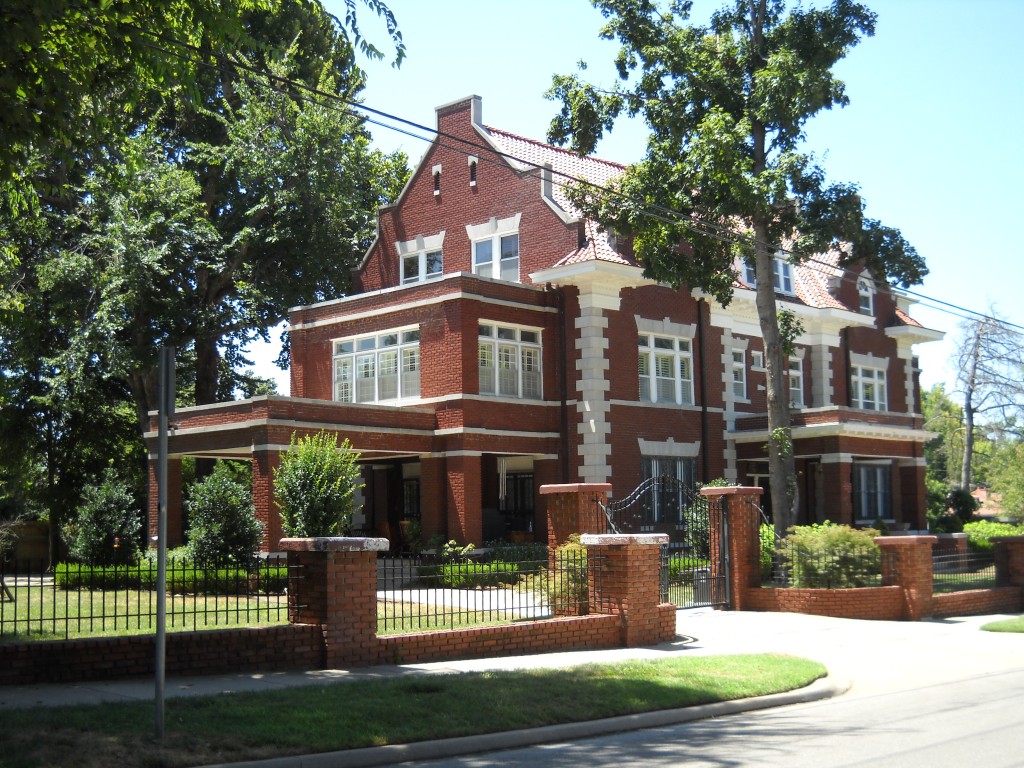Historic Preservation Zoning – Midtown Tulsa Real Estate
Many neighborhoods in midtown Tulsa are on the National Register of Historic Places, but not all are HP-zoned. Read this to understand the difference.
Districts in the National Register of Historic Places
Commercial Districts: Brady, KATY Railroad, North Cheyenne, Oil Capital, Sixth Street
Residential Districts: Brady Heights, Buena Vista Park, Carlton Place, Gillette, Maple Ridge, Owen Park, Ranch Acres, Riverside, Riverview, Stonebraker Heights, Swan Lake, Tracy Park, White City, and Yorktown.
Historic Preservation Zoning districts are different from National Register districts, although they often overlap. Think of historic preservation zoning as local protection, whereas National Register listing is nationwide recognition. Local HP zoning provides limited protection to historic resources in local development matters, while National Register status provides limited protection only when Federal dollars are used.
Historic neighborhoods seek out historic preservation zoning to provide extra protection from inappropriate alterations and unsympathetic new construction. Generally, the neighborhoods that would qualify for HP zoning are those that would be eligible for the National Register of Historic Places. For example, all of Tulsa’s HP-zoned districts are also National Register-listed districts. However, listing in the National Register does not require that the neighborhood pursue local HP zoning.
HP zoning requires that any exterior renovations or repairs (in some cases) are subject to design review by the Tulsa Preservation Commission before work can be done. Historic preservation zoning helps to:
- Preserve and protect the distinctive characteristics of buildings and places significant to the history of the City of Tulsa and the State of Oklahoma.
- Maintain and improve the streetscapes of those buildings and places.
- Assure that new and relocated construction is architecturally compatible with existing buildings in the district.
Historic preservation zoning is technically referred to by city planners as “overlay” zoning. The historic preservation zoning is “overlaid” on top of the existing zoning. The existing zoning restrictions are unchanged — instead they are supplemented by the conditions of historic preservation zoning.
The existing zoning requirements control such issues as land use, building setbacks, parking requirements, lot coverage by structures, and building heights. Historic preservation zoning overlay zoning does not prevent lot splits.
To date, five historic Tulsa neighborhoods have requested historic preservation zoning. The process includes a great deal of citizen involvement — the neighborhood residents themselves develop the design guidelines that the TPC uses to make decisions within their particular neighborhood. Guidelines are written with the help of the TPC and adopted by the Tulsa Metropolitan Area Planning Commission and Tulsa City Council.
The following neighborhoods have requested and received Historic Preservation Zoning, which was approved by the Mayor of Tulsa on the date listed:
- Brady Heights, December 20, 1999
- Council Oak Tree Site, January 31, 1992
- Gillette, March 24, 1989
- North Maple Ridge, April 12, 1993
- Swan Lake, February 14, 1994
- Yorktown, August 14, 1995
Indian Nations Council of Governments (INCOG) is responsible for maintaining the City of Tulsa’s zoning; we encourage you to contact INCOG with general zoning inquiries or for official verification that a property lies within a historic preservation zoning overlay district.
ALL information included in this post is found on the Tulsa Preservation Commission web site. The Tulsa Preservation Commission administers Historic Preservation Zoning, identifies and nominates properties to the National Register of Historic Places, and produces educational material describing Tulsa historic resources.



